[無料ダウンロード! √] inventory turnover and number of days sales in inventory 673481-Determine the inventory turnover and the number of days sales in inventory
Inventory turnover is a very useful way of seeing how efficient a firm is at converting its inventory into sales The ratio can show us the number of times and inventory has been sold over a particular period, eg, 12 months Comparing the Inventory Turnover Ratio to the Days Sales of Inventory Days sales of inventory―also known as days inventory―is the number of days it takes to turn inventory into sales It's calculated by taking the average inventory, dividing it by the cost of goods sold, and then multiplying the result by 365 daysFor instance a company has an annual cost of sold goods of $50,000, while its beginning inventory balance is $10,000 and its inventory balance at the end of the fiscal year is $5,000 Days in inventory 55 days Inventory turnover ratio 667 Total value of the inventory sold during this fiscal year $55, 17 Feb, 15

What Is Inventory Turnover Inventory Turnover Formula In 3 Steps
Determine the inventory turnover and the number of days sales in inventory
Determine the inventory turnover and the number of days sales in inventory- Number of Days' Sales in Inventory Refer to the data in PE 1423 Compute the number of days' sales in inventory Using the following data, compute inventory turnoverThe change in inventory turnover and the number of days ' sales in inventory from 13 to 14 indicate a favorable trend It shows the the days of holding the inventories is lower in 14 than in
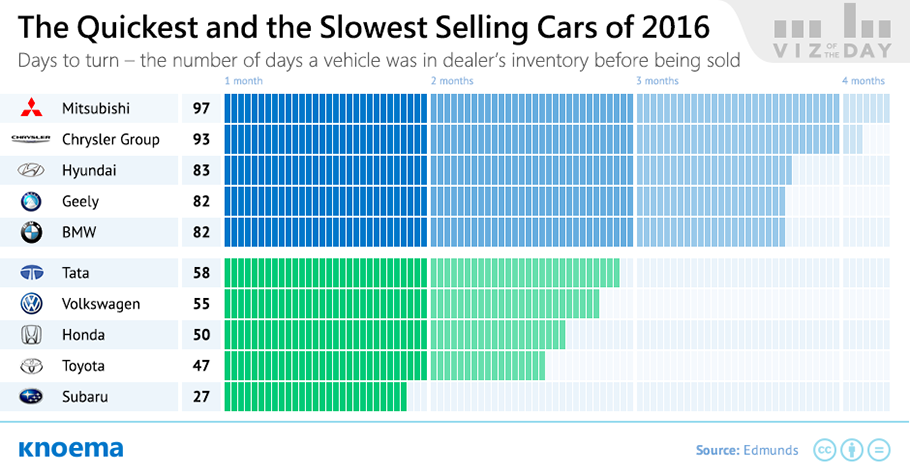



Vehicle Days To Turn Subarus Spend Least Time In Dealers Inventories Knoema Com
Accounting Q&A Library Inventory Turnover and days' sales in inventory Kracker Corp, Foodstuff, Inc, and Winston Stores, Inc are three grocery chains in the United States Inventory management is an important aspect of the grocery retail business Recent balance sheets for these three companies indicated the following merchandise inventory (in millions) information Kracker The inventory turnover ratio (ITR) demonstrates how often a company sells through its inventory You can find the ITR by dividing the cost of goods sold by the average inventory for a set timeframe Dividing 365 by the ITR gives you the6 Inventory turnover 150 7 Number of days' sales in inventory 243 8 Ratio of fixed assets to longterm liabilities 18 9 Ratio of liabilities to stockholders' equity 08 10 Times interest earned 87 11 Asset turnover 13 X 12 Return on total assets 122
Shorter the turnover period, faster the sales frequency thus higher the profit And also lesser the carrying cost Days inventory outstanding or Inventory turnover period ratio is calculated using following formula DOH = Number of days in the period / Inventory turnover ratio Example Nikon started production of new DSLR camera with modelTo find the days in inventory for Green Grocer, you can use the formula ($2,000/$,000) x 365 The results indicate that the days in inventory for Green Grocer is 365For example, an inventory turnover ratio of 10 means that the inventory has been turned over 10 times in the specified period, usually a year The Days of Inventory at Hand (DOH) specifies how many days worth of inventory the company had in hand For example, DOH of 36 days means that the company had 36 days of inventory at hand during the period
*** Inventory turnover has no simple rule except to say a high ratio is preferable provided inventory is adequate to meet demands Days' Sales in Inventory It is a ratio that reveals how much inventory is available in terms of the number of days' sales The inventory turnover rate for this period is calculated by $150,000 / ( ($75,000 $12,000) / 2) Inventory turnover ratio = 345 This indicates that the company has sold its Days Sales in Inventory (DSI), sometimes known as inventory days or days in inventory, is a measurement of the average number of days or time required for a business to convert its inventory Inventory Inventory is a current asset account found on the balance sheet, consisting of all raw materials, workinprogress, and finished goods that a into sales In addition,
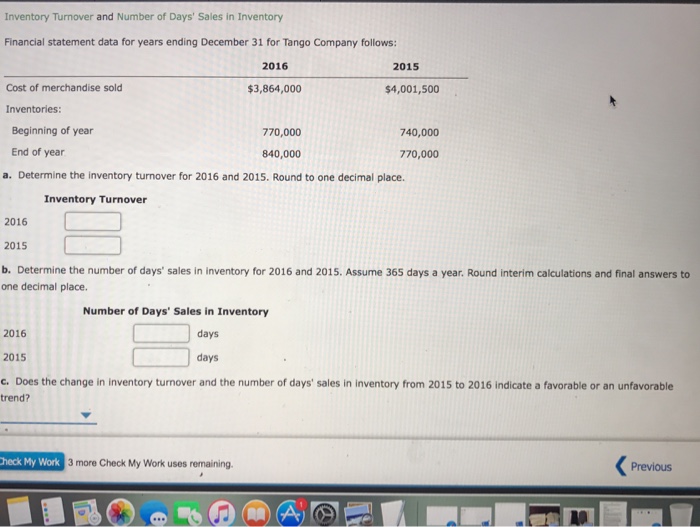



Inventory Turnover And Number Of Days Sales In Chegg Com
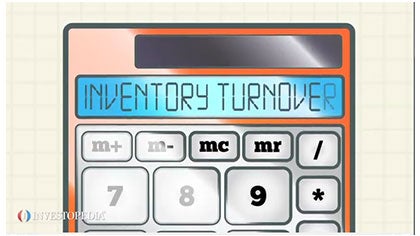



How To Calculate The Inventory Turnover Ratio
The days sales in inventory is a primary component of a company's ability to manage its inventory It is important because it allows management to keep track of inventory and assess the rate of inventory turnover Regularly and effectively analyzing inventory stats can reduce costs, increase cash flow and prevent theft or obsolescence FOR COMPUTATION 1 Inventory turnover ratio Cost of goods sold / Average inventory 2 Days sales in inventory =( 1 / Inventory turnover ratio )* 365 days 3 Average inventory = ( opening inventory closing inventory ) /Number of days' sales in inventory Inventory turnover measures the relationship between the cost of merchandise sold and the amount of inventory carried during the period It is computed as follows cost of Merchandise sold inventory turnover = —————————— Average inventory




Inventory Days Formula Meaning Example And Interpretation



1
Inventory turnover An activity ratio calculated as cost of goods sold divided by inventory Target Corp's inventory turnover ratio improved from 19 to and from to 21 Receivables turnover An activity ratio equal to revenue divided by receivablesThe number of days' sales in inventory a measures the length of time it takes to acquire, sell, and replace the inventory b is computed by dividing the cost of merchandise sold by 365A turnover ratio of 5 indicates that on average the inventory had turned over every 72 or 73 days (360 or 365 days per year divided by the turnover of 5) However, the average turnover ratio of 5 might be hiding some important details What if four items make up 40% of the company's sales and account for only 10% of the inventory cost?
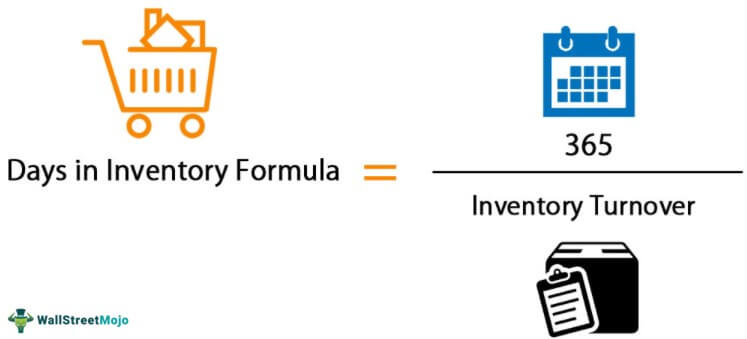



Days In Inventory Formula Step By Step Calculation Examples




What Is Inventory Turnover Formula Example To Calculate Ratio
Days Inventory outstanding or Inventory Days is yet another important activity ratio Earlier, we discussed Inventory turnover ratio which indicates the number of times the company turns its inventory during the year Now, let us look at – Days Inventory outstanding This ratio is also known as Inventory turnover days, Days sales in inventory Inventory turnover can be used to estimate the number of days a company will take to clear its inventory, also called the Days Sales of Inventory, or DSI In the above example of company ABC, the company was clearing its inventory 555 times in a year ie in 365 days Thus, it will clear its entire inventory in = 1/555 X 365 = 6576 daysDays sales in inventory (DSI) refers to a financial ratio showing the number of days a company takes to turn over all its inventory All inventories are a summation of finished goods, work in progress and progress payments Days sales in inventory can also be called day's inventory outstanding or the average age of an inventory
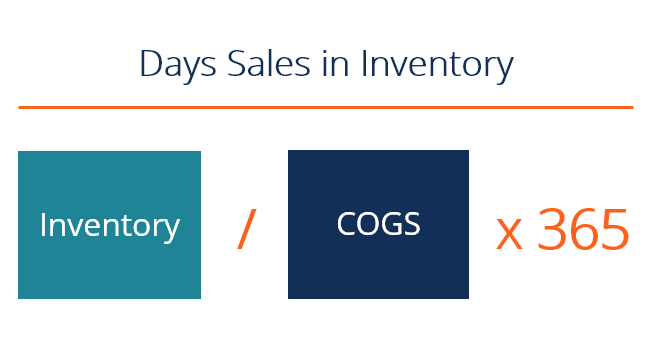



Days Sales In Inventory Dsi Overview How To Calculate Importance




What Is Inventory Turnover Inventory Turnover Formula In 3 Steps
Their average inventory for the year is $2,000, and their cost of goods sold is $,000 What is their days in inventory number for a oneyear period?What is a good inventory turnover ratio for retail? Number of Days It refers to the number of days of the time period being analyzed If its an analysis of a company's annual results then the number of days should be 365 Another way to express the formula would be the following Day of Sales in Inventory = Number of Days / (COGS or Net Sales / Avg Inventory)
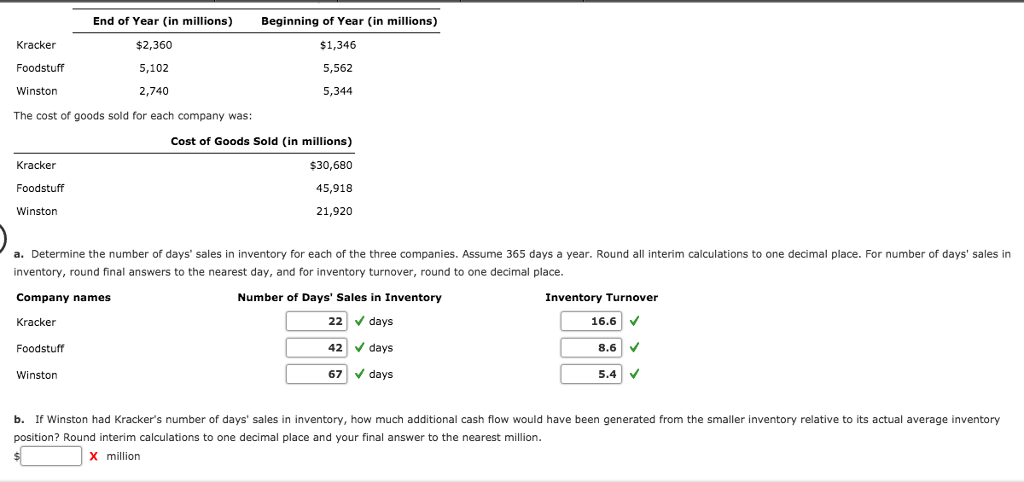



Determine The Number Of Days Sales In Inventory Chegg Com




Days Sales Of Inventory Dsi Definition
Inventory days, or average days in inventory, is a ratio that shows the average number of days it takes a company to turn its inventory into sales The inventory that's considered in days sales in inventory calculations is work in process inventory and finished goods inventory (see what is inventory )About Press Copyright Contact us Creators Advertise Developers Terms Privacy Policy & Safety How works Test new features Press Copyright Contact us Creators Best Buy Co's Inventory Turnover for the quarter that ended in Apr 21 was 157 Days Inventory indicates the number of days of goods in sales that a company has in the inventory Best Buy Co's Days Inventory for the three months ended in Apr 21 was 5795 Total Inventories can be measured by Days Sales




How To Calculate And Increase Your Inventory Turnover Ratio Lightspeed Hq




Solved Endor Company Begins The Year With 140 000 Of Goods In Inventory 1 Answer Transtutors
Calculate inventory turnover and number of days sales in inventory Inventory turnover is a ratio showing how many times a company has sold and replaced inventory during a given period A company can then divide the days in the period by the inventory turnover formula to calculate the days it takes to sell the inventory on handThe inventory turnover is in the form of a ratio That inventory turnover ratio is the ratio between sales and current inventory Here's what this looks like If you sold 500 units of inventory last year and had 500 units in your warehouse, then your ratio is 1 (11) Other terms for inventory turnover include inventory turns, merchandiseInventory Turnover (Days) (Days Inventory Outstanding) – an activity ratio measuring the efficiency of the company's inventories management It indicates how many days the firm averagely needs to turn its inventory into sales




Exercise 5 13 Inventory Turnover And Days Sales In Inventory Lo A3 The Following Is Information For Homeworklib




What Is Inventory Turnover Inventory Turnover Formula In 3 Steps
The first ratio, inventory turnover, measures the number of times an average quantity of inventory was bought and sold during the period The second ratio, number of days' sales in inventory, measures how many days it takes to complete the cycle between buying and selling inventoryDays Sales of Inventory or Days Inventory Days sales of inventory (DSI) measures how many days it takes for inventory to turn into sales DSI is calculated by taking the inverse of the inventory The financial ratio days' sales in inventory (DSI) tells you the number of days it took a company to turn its inventory, also known as inventory turnover This ratio would also include goods that are in progress of being sold Keep in mind that a company's inventory will change throughout the year, and its sales will fluctuate as well




Accounting Q And A Ex 7 21 Inventory Turnover And Number Of Days Sales In Inventory




Inventory Days Formula Meaning Example And Interpretation
The sweet spot for inventory turnover is between 2 and 4 A low inventory turnover may mean either a weak sales team performance or a decline in the popularity of your products In most cases (read not always), the higher the inventory turnover rate, the better your business goals are being met Thus, inventory turnover — and the related inventory turnover ratio — is a powerful key performance indicator Inventory Turnover Ratio There are at least a couple of ways to calculate an inventory turnover ratio (i) total sales divided by ending inventory or (ii) cost of goods sold divided by average inventory Inventory turnover is a ratio similar to DSI and refers to the number of times a company is able to sell its inventory over a particular reporting period Inventory turnover is calculated by dividing the cost of goods sold by the average inventory It is also known as stock turnover, inventory turns, and stock turns




Inventory Turnover Ratio Fourweekmba
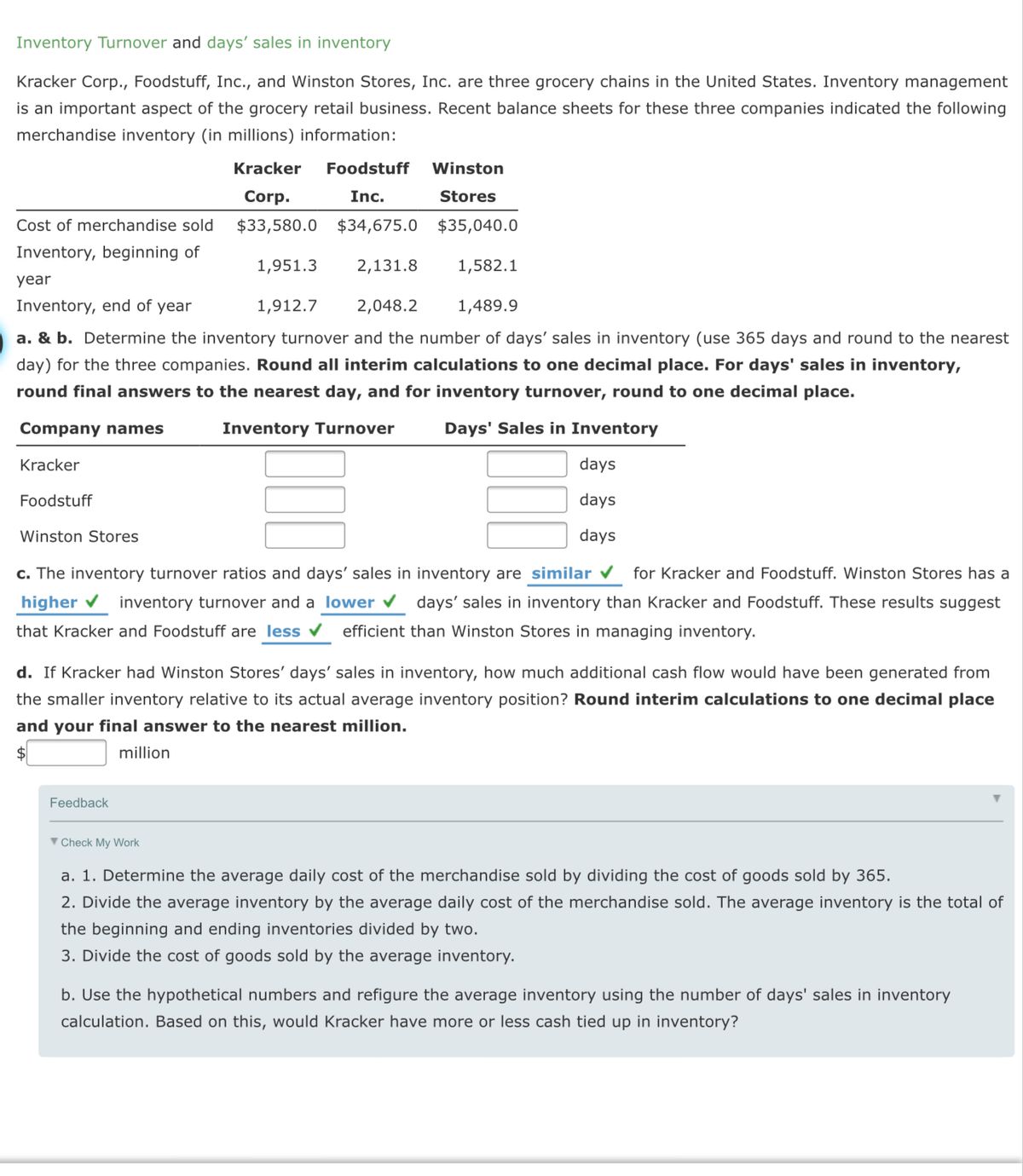



Answered Inventory Turnover And Days Sales In Bartleby
Inventory turnover time period Once you have the turn rate, calculating the number of days it takes to clear your inventory only takes a few seconds Since there are 365 days in a year, simply divide 365 by your turnover ratio The result is the average number of days it takes to sell through inventoryThe inventory turnover ratio is often interpreted as a measure of the number of times that the company sold through its inventory during the year Thus, for example, an inventory turnover ratio of 40 indicates that the company sells through its stock of inventory each quarter – in other words, there is a three month supply of inventory on hand Indeed, the inventory turnover ratio is often Below is an example of calculating the inventory turnover days in a financial model As you can see in the screenshot, the 15 inventory turnover days is 73 days, which is equal to inventory divided by cost of goods sold, times 365 You can calculate the inventory turnover ratio by dividing the inventory days ratio by 365 and flipping the ratio In this example, inventory turnover




Inventory Days Formula Meaning Example And Interpretation
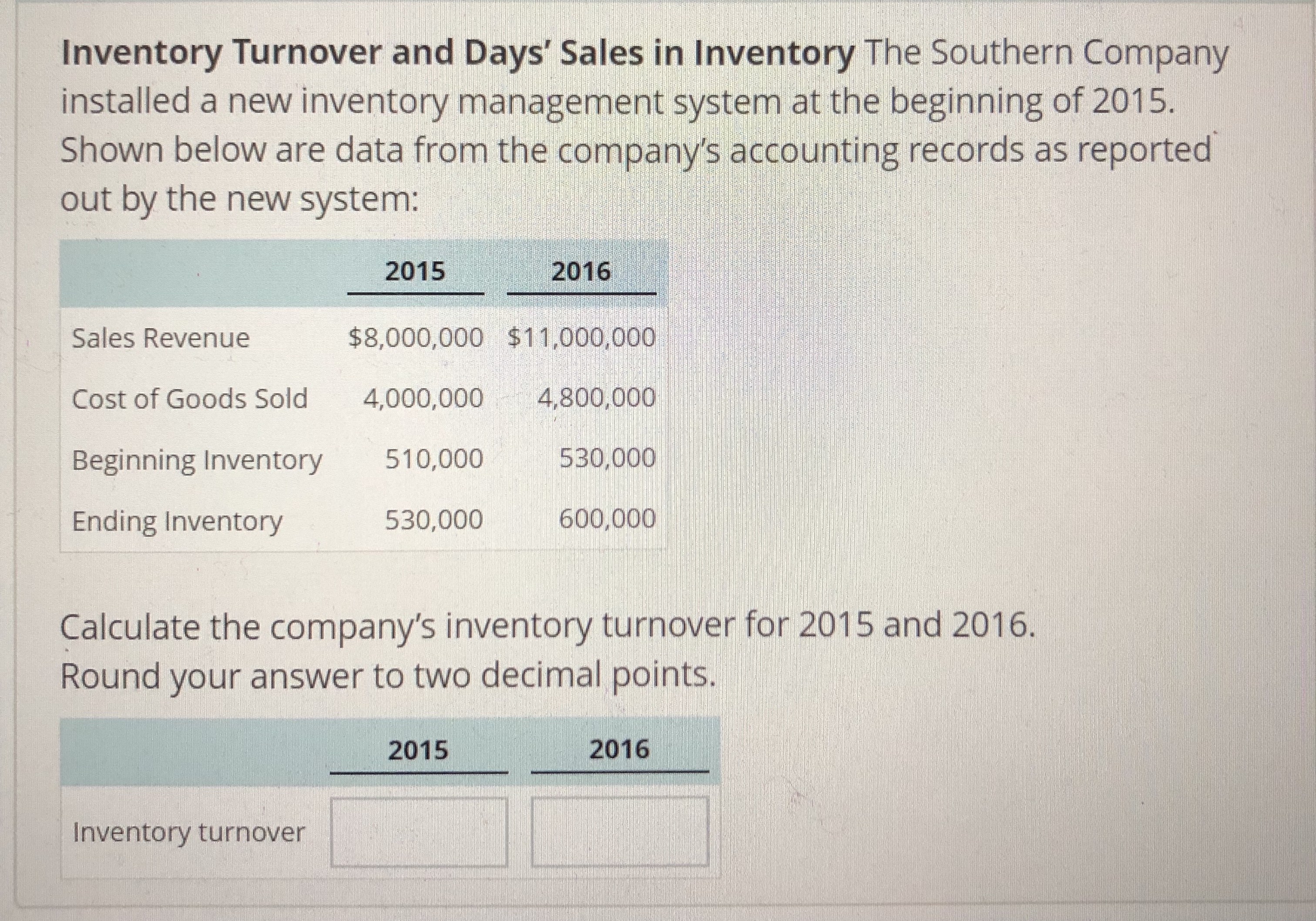



Answered Inventory Turnover And Days Sales In Bartleby
The Home Depot's Inventory Turnover for the quarter that ended in Apr 21 was 138 Days Inventory indicates the number of days of goods in sales that a company has in the inventory The Home Depot's Days Inventory for the three months ended in Apr 21 was 6598 Total Inventories can be measured by Days Here, the inventory turnover ratio is 100,000/50,000 = two inventory turns annually, meaning it takes about 180 days for a business to record sales and replace its inventory Company decisionThe formula to calculate days in inventory is the number of days in the period divided by the inventory turnover ratio This formula is used to determine how quickly a company is converting their inventory into sales A slower turnaround on sales may be a warning sign that there are problems internally, such as brand image or the product, or
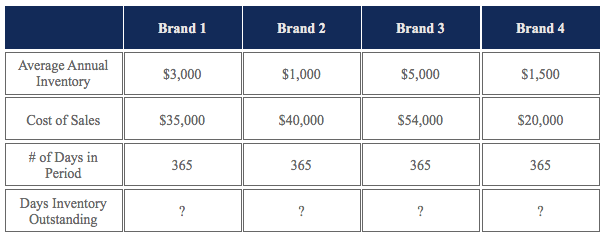



Days Inventory Outstanding Formula Guide And How To Calculate
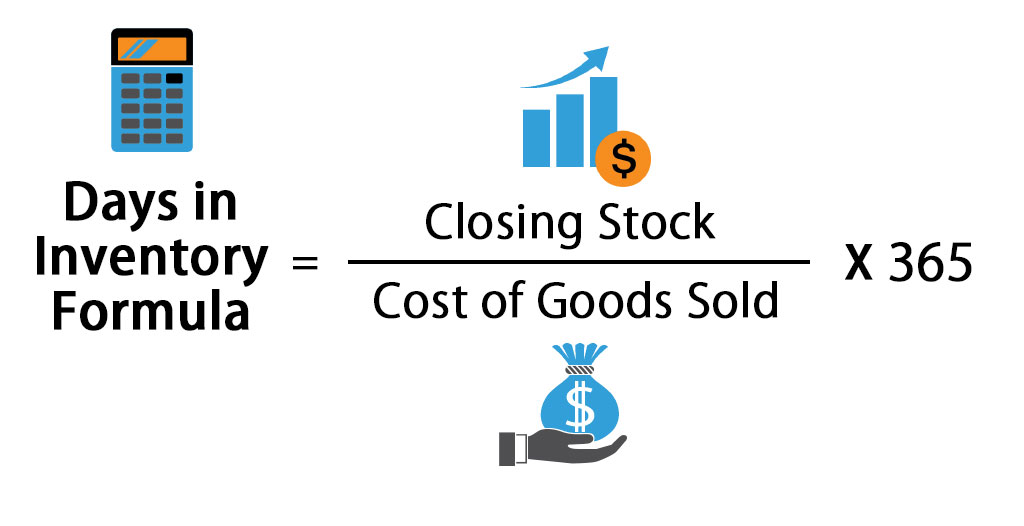



Days In Inventory Formula Calculator Excel Template
The calculation of the days' sales in inventory is the number of days in a year (365 or 360 days) divided by the inventory turnover ratio Example of Days' Sales in Inventory To illustrate the days' sales in inventory, let's assume that in the previous year a company had an inventory turnover ratio of 9 Sales must always match the inventory purchases Otherwise, the inventory turnover will be out of balance In order to tune the sales and purchase between each other, you can use an inventory turnover ratio calculation Inventory turnover management is very important for any company's success




Days To Sell Inventory Youtube
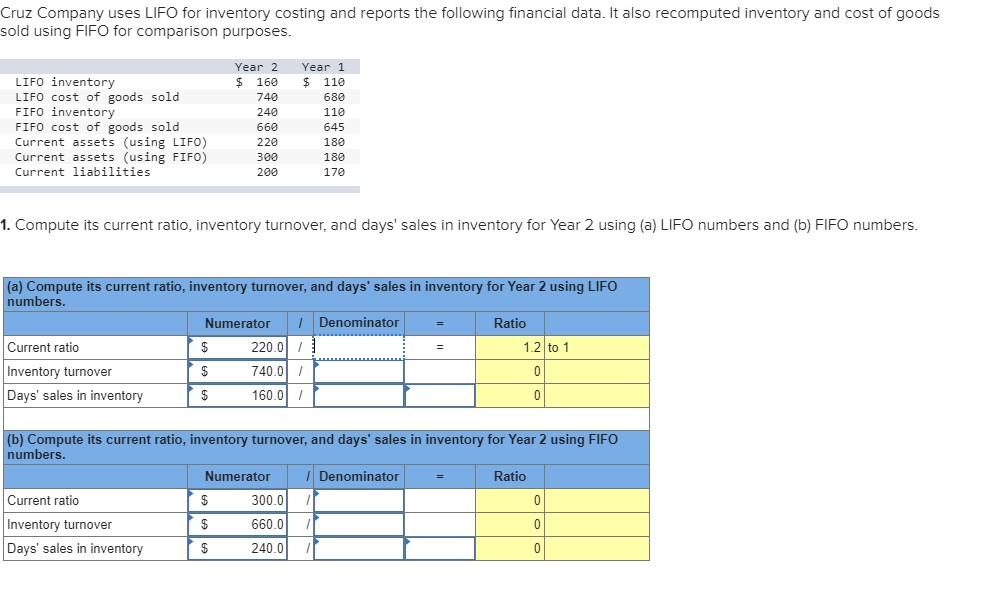



Answered Cruz Company Uses Lifo For Inventory Bartleby
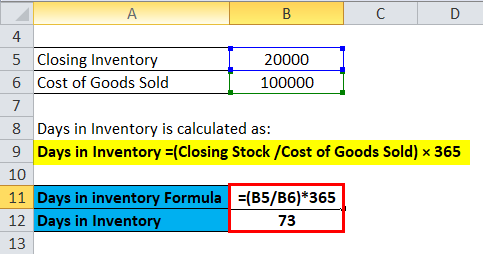



Days In Inventory Formula Calculator Excel Template




1 Data Table Requirement 3 Compute The Inventory Turnover And Days Sales In Course Hero




I Need Help With Inventory Turnover And Number Of Days Sales In Inventory I Can T Figure Out How To Apply One Company S Number Of Days Sales In Inventory To A Different Company




Inventory Turnover And Days Sales In Inventory Financial Accounting Cpa Exam Far Ch 6 P 6 Youtube




Days Sales Of Inventory Inventory Revenue




Inventory Days Formula Meaning Example And Interpretation




Inventory Turnover Ratio Fourweekmba
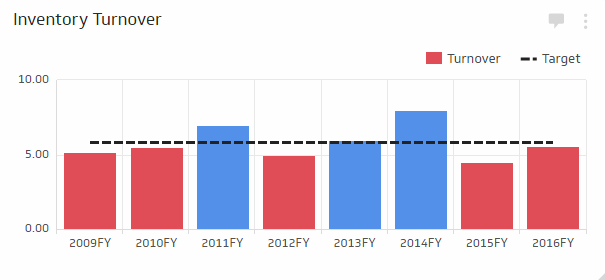



Inventory Turnover Supply Chain Kpi Examples Klipfolio




Inventory Days Formula Meaning Example And Interpretation




Inventory Turnover And Days Sales In Inventory The Following Financial Statement Data For Years Ending December Homeworklib




Inventory Days Formula Meaning Example And Interpretation
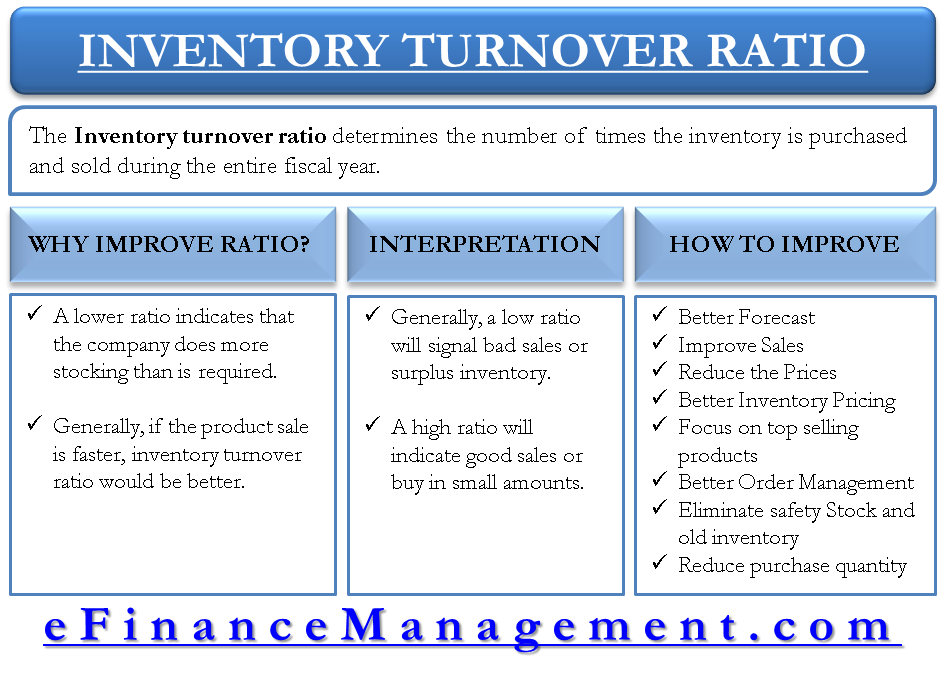



How To Analyze And Improve Inventory Turnover Ratio
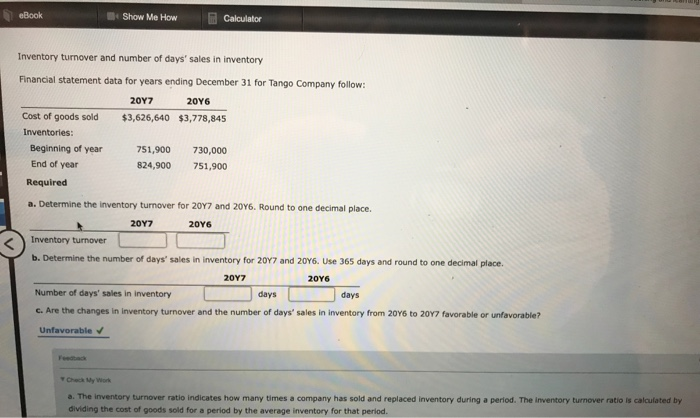



Show Me How Ebook Calculator Inventory Turnover And Chegg Com
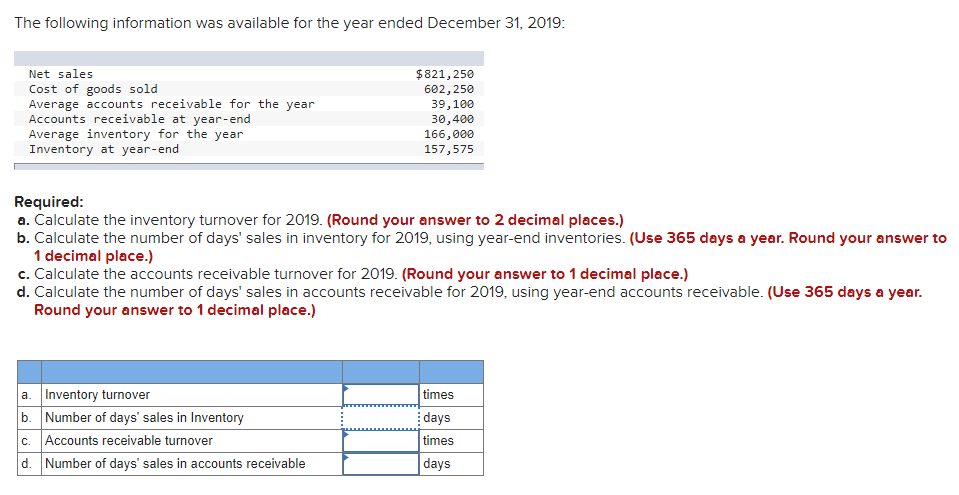



Answered The Following Information Was Available Bartleby




Formula To Calculate Inventory Turns Inventory Turnover Rate




Examine The Efficiency Of Inventory Management Using Financial Ratios Principles Of Accounting Volume 1 Financial Accounting



1
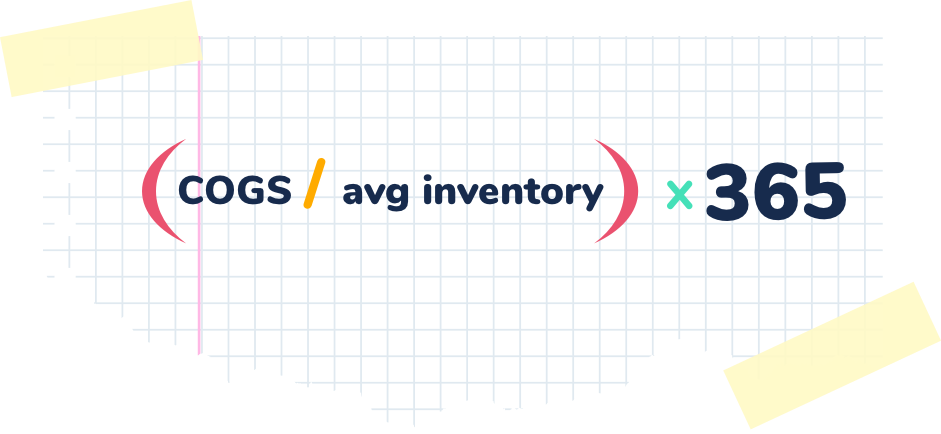



How To Calculate Inventory Turnover Retailops




Solved Inventory Turnover And Number Of Days Sales In In Chegg Com




Answered Determine A The Inventory Turnover Bartleby
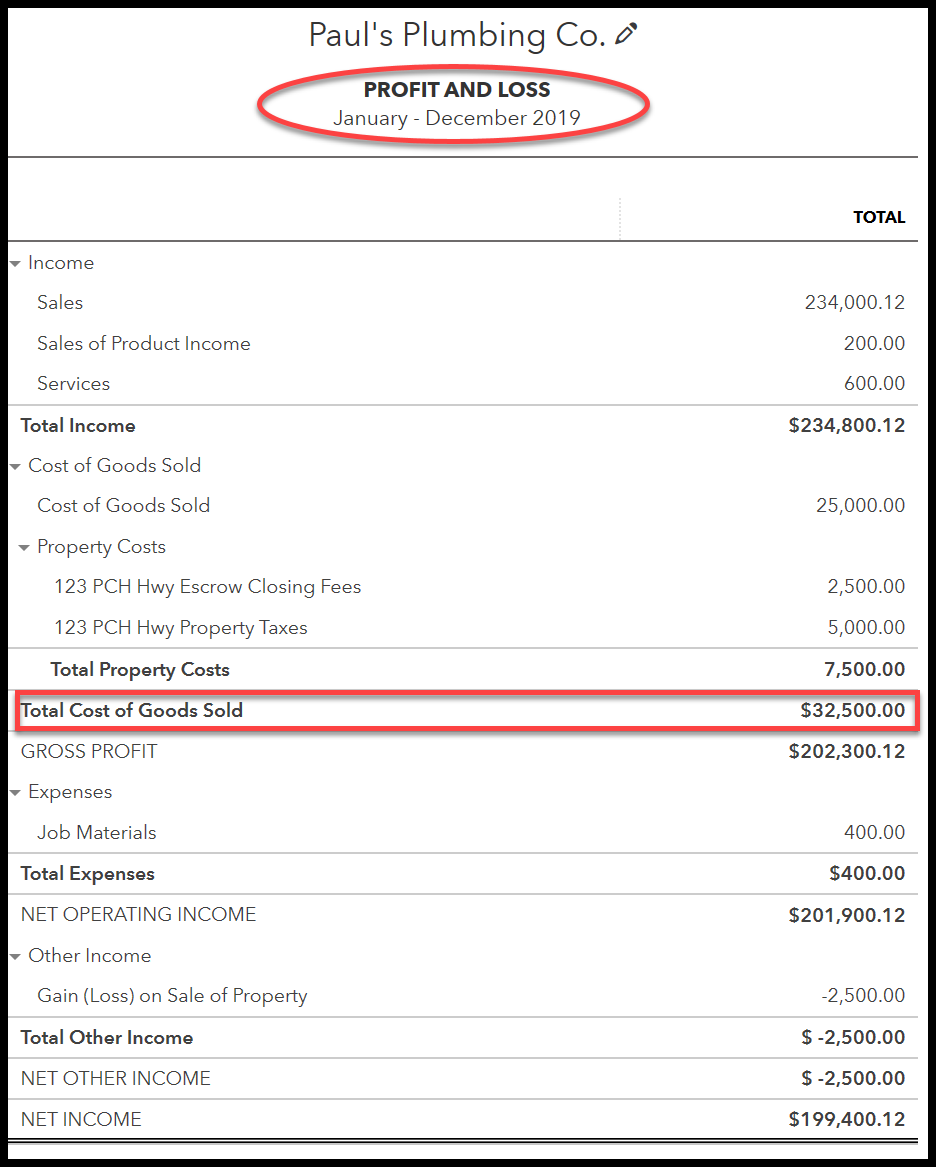



Inventory Turnover Ratio Definition Formula What It Means




Book Board Show Me Calculator Inventory Analysis The Following Data Were Extracted From The Income Homeworklib
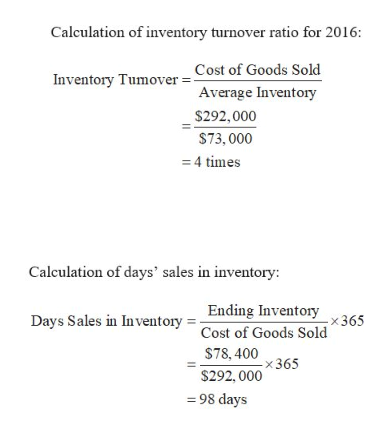



Answered Calculate Activity Measures The Bartleby




Days Sales Of Inventory Dsi Formula Examples Video Lesson Transcript Study Com
/InvetoryturnoverfinalJPEGreal-5c8ff4fc46e0fb00014a975c.jpg)



Inventory Turnover Definition




Days In Inventory Formula Formula Calculator Excel Template Youtube
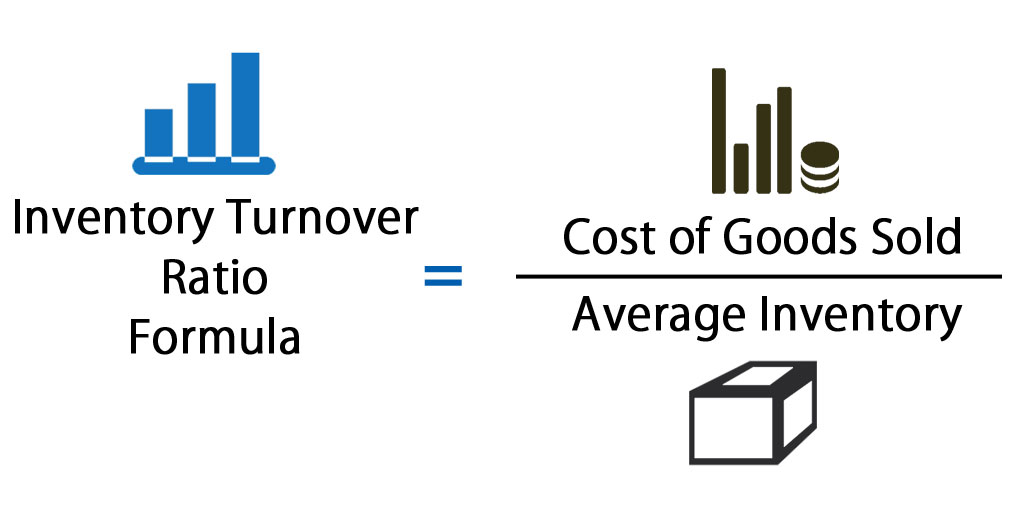



Inventory Turnover Ratio Formula Calculator Excel Template
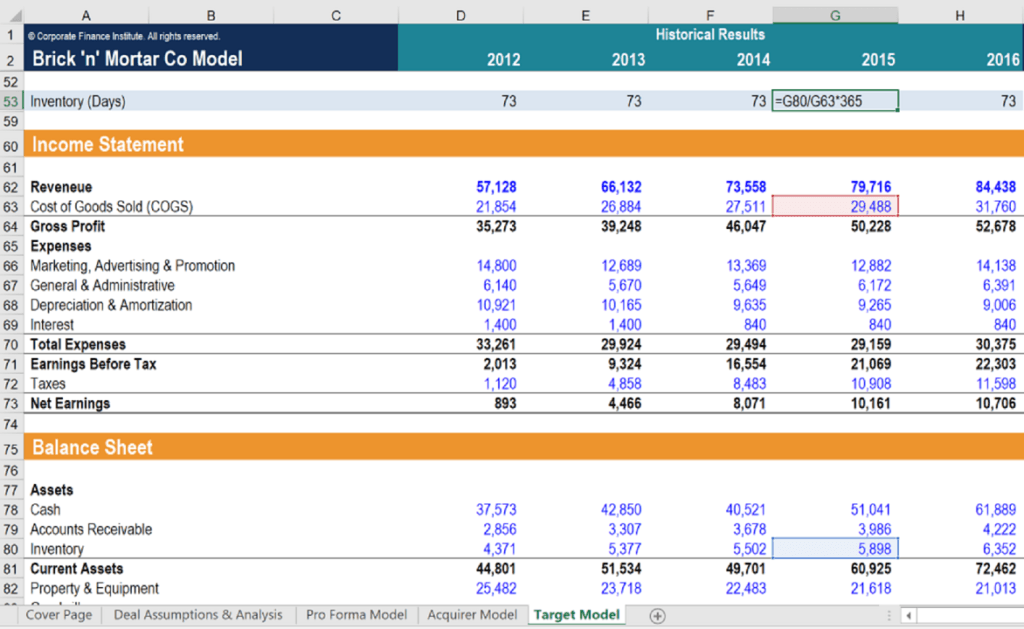



Inventory Turnover How To Calculate Inventory Turns




Nobles Fin5 Ppt 15




Solved Inventory Turnover And Number Of Days Sales In In Chegg Com
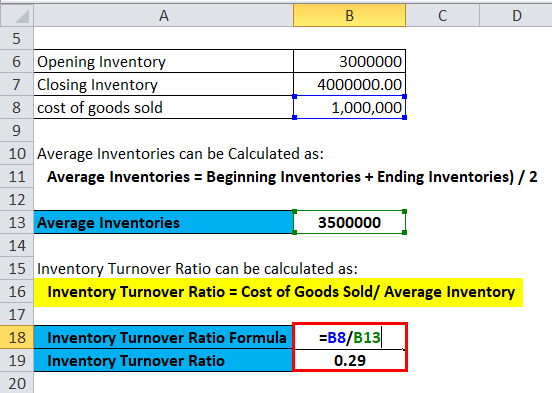



Inventory Turnover Ratio Formula Calculator Excel Template
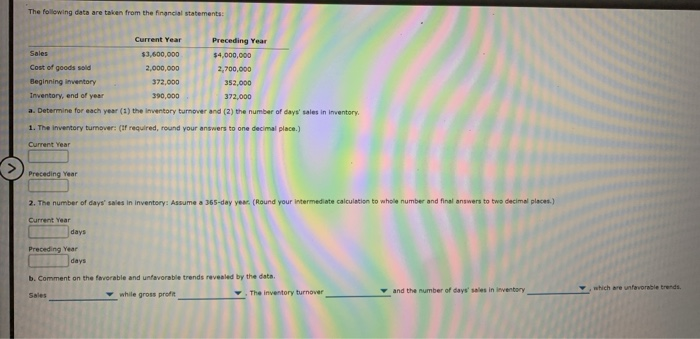



Answered A Determine For Each Year 1 The Bartleby




What Is Inventory Turnover Inventory Turnover Formula In 3 Steps
:max_bytes(150000):strip_icc()/GettyImages-164654811-707ff2c136b24cd78fd385daeae1e003.jpg)



Inventory Turnover Definition




How To Compute Inventory Turnover Ratio Days Sales In Inventory Youtube




Inventory Turnover How To Calculate Inventory Turns
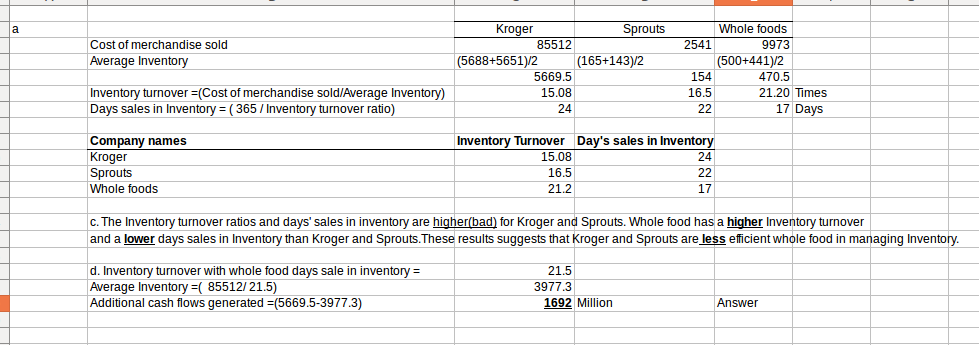



Inventory Turnover And Days Sales In Inventory Kroger Sprouts Farmers Market Inc And Whole Foods Markets Inc Are Three Grocery Chains In T Answersbay




Inventory Turnover Ratio Definition Formula Examples Calculator Finance Strategists
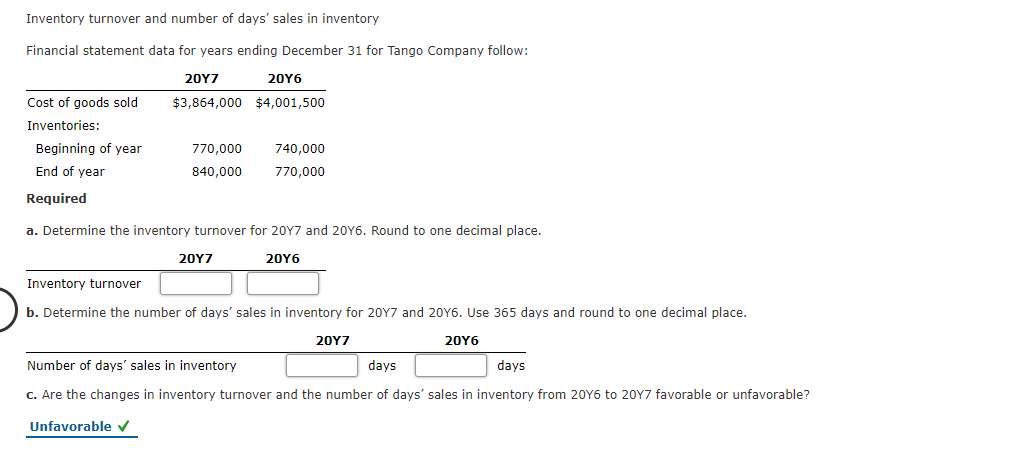



Answered Financial Statement Data For Years Bartleby
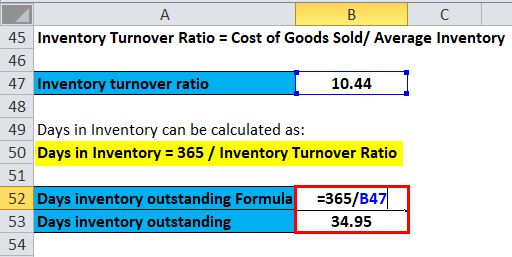



Inventory Turnover Ratio Formula Calculator Excel Template




What Is Inventory Turnover Inventory Turnover Formula In 3 Steps
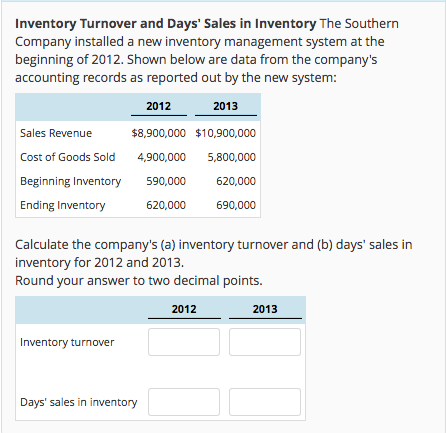



Inventory Turnover And Days Sales In Inventory The Chegg Com




Inventory Turnover 101 What It Is And How To Get It Right Vend Retail Blog




Save Help Endor Company Begins The Year With 90 000 Of Goods In Inventory At Year End The Amount In Inventory Ha Homeworklib




Inventory Analysis The Following Data Were Extracted From The Income Statement Of Keever Inc Current Year Homeworklib
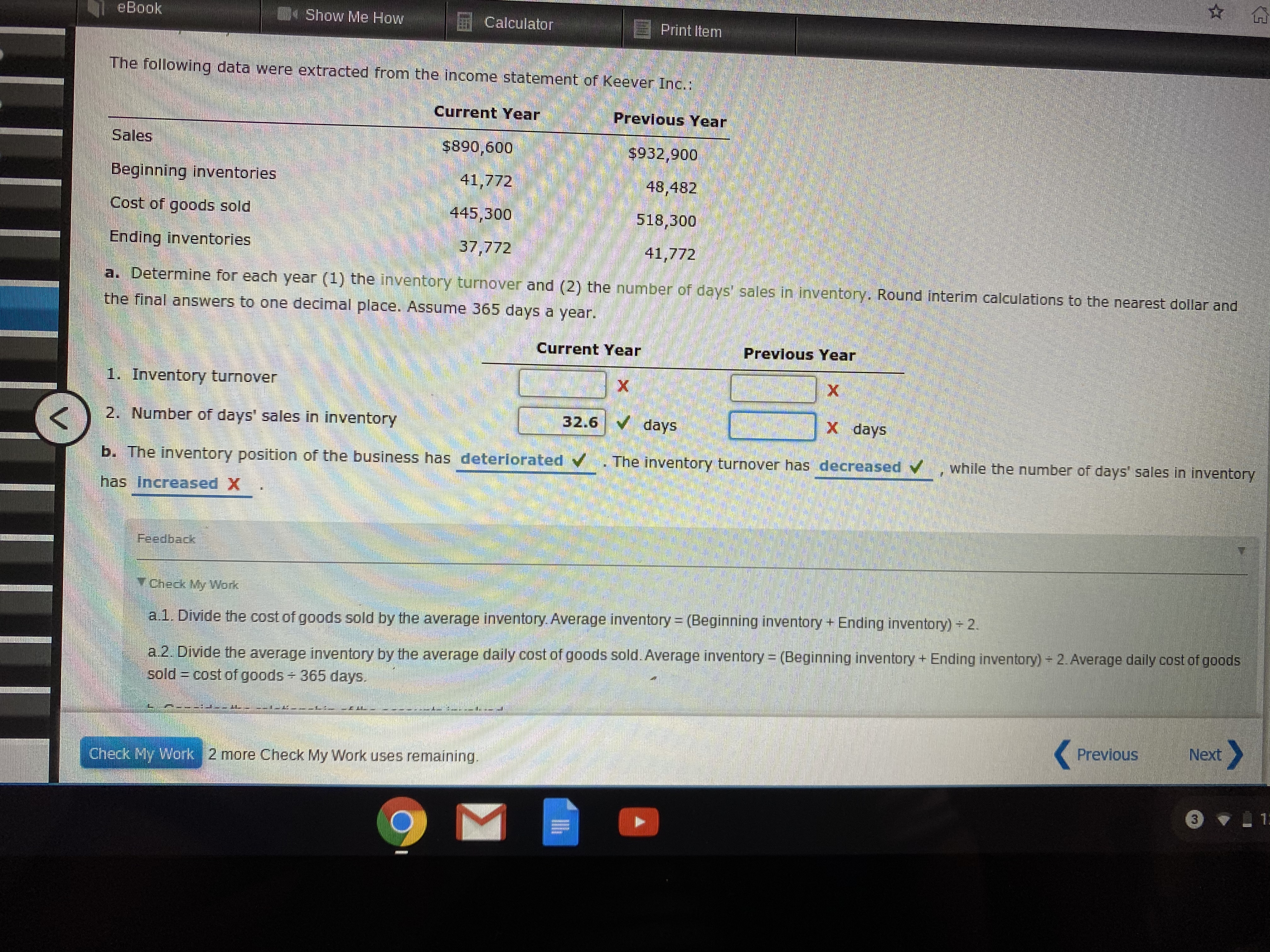



Answered Ebook Show Me How Calculator Print Item Bartleby




Inventory Turnover And Days Sales In Inventory Kroger Sprouts Farmers Market Inc And Ingles Markets Inc Homeworklib




Inventory Days Formula How To Calculate Days Inventory Outstanding



1
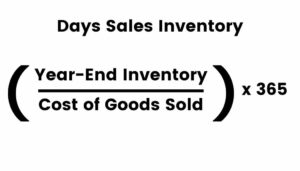



Inventory Turnover 101 Sortly



1
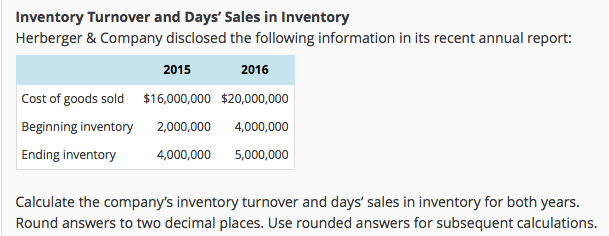



Inventory Turnover And Days Sales In Inventory Chegg Com




Vehicle Days To Turn Subarus Spend Least Time In Dealers Inventories Knoema Com




Doc Days Sales In Inventory J Camille Lacsamana Academia Edu
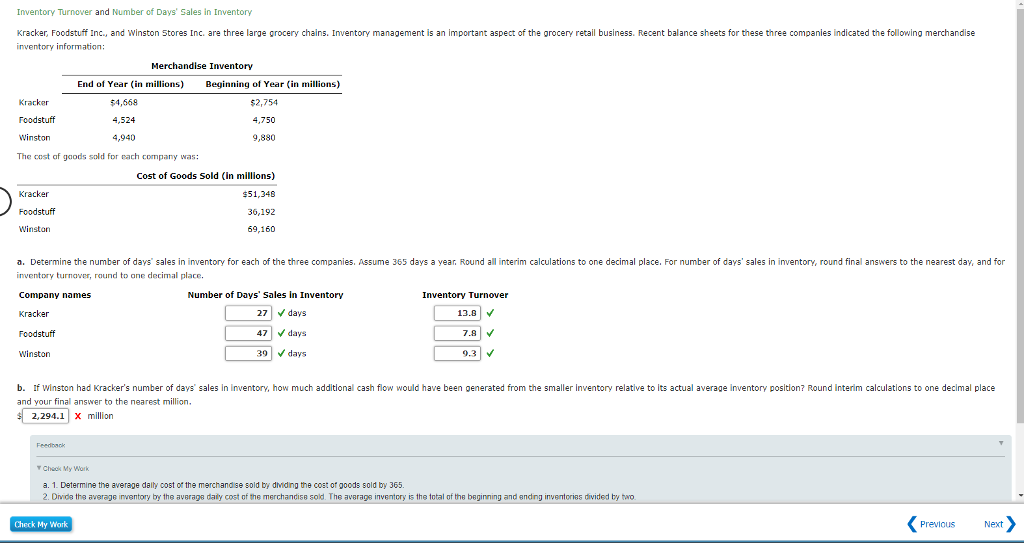



Inventory Turnover And Number Of Days Sales In Chegg Com
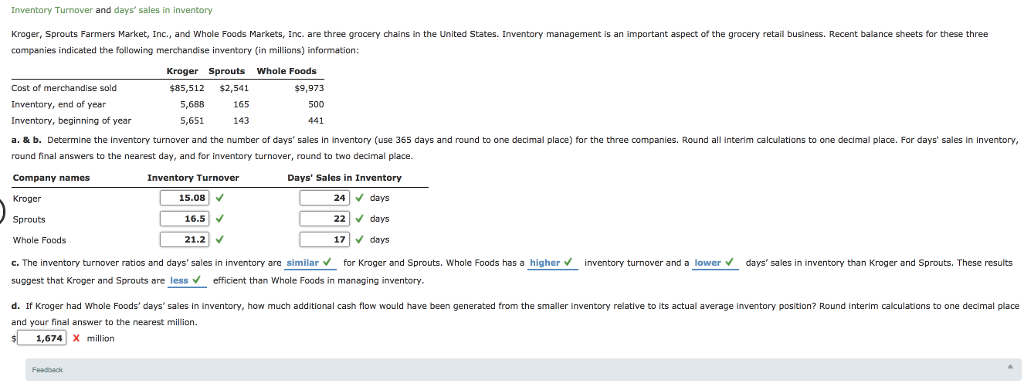



Inventory Turnover And Days Sales In Inventory Chegg Com
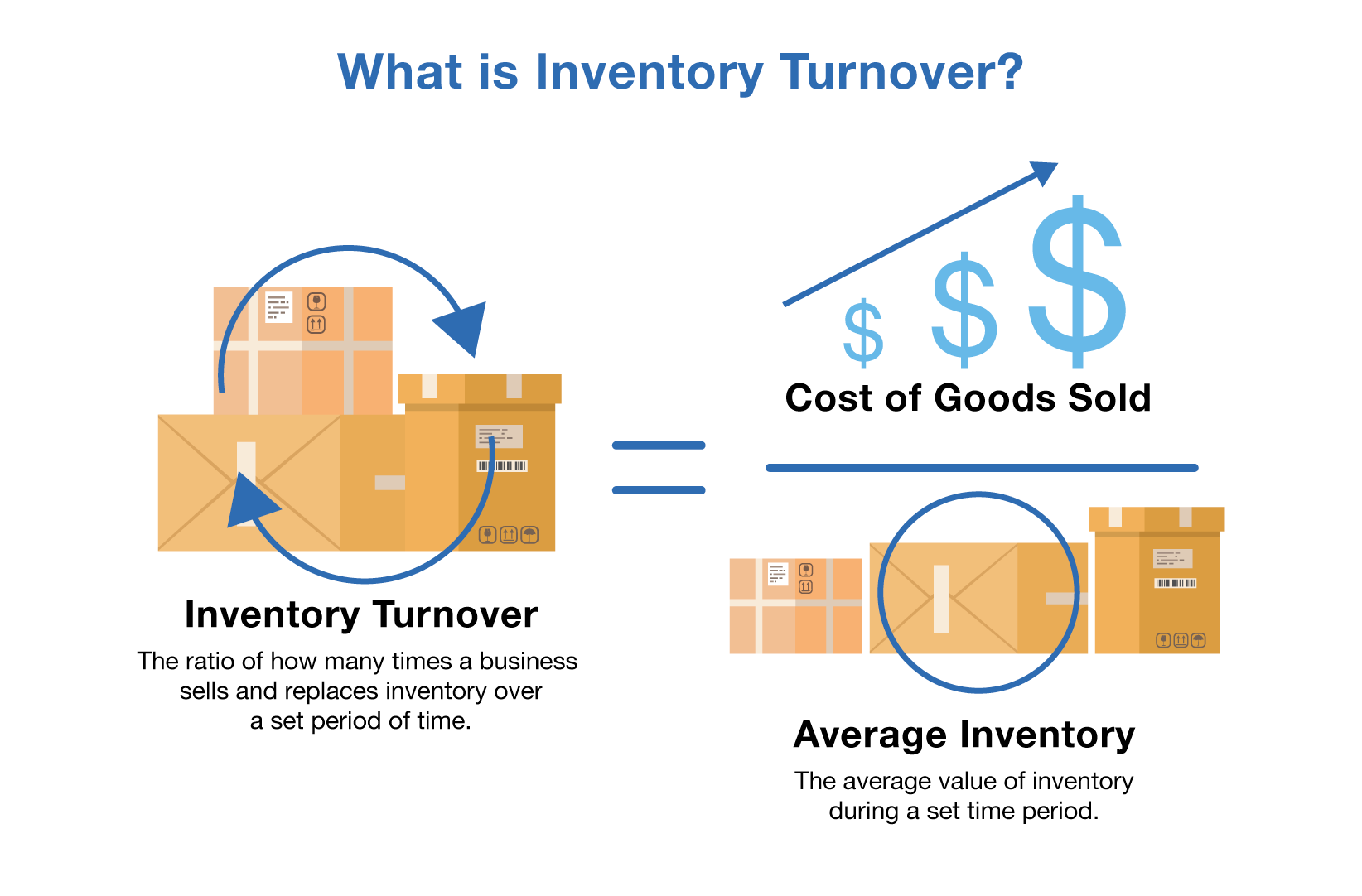



Inventory Turnover Ratio Definition Formula




3 Ways To Calculate Days In Inventory Wikihow




Chapter 5 Inventories And Cost Of Goods Sold Inventory Types Finished Inventory Held By Retailers And Wholesalers Merchandise Inventory Materials Ppt Download




Everything You Need To Know About Inventory Turnover Ratio




Inventory Turnover 101 What It Is And How To Get It Right Vend Retail Blog




How To Calculate Inventory Turnover Unleashed Software




What Is A Good Inventory Turnover Ratio Calculator




Days Sales In Inventory Ratio Analysis Formula Example




Examine The Efficiency Of Inventory Management Using Financial Ratios Principles Of Accounting Volume 1 Financial Accounting




How To Compute Inventory Turnover Ratio Days Sales In Inventory Youtube
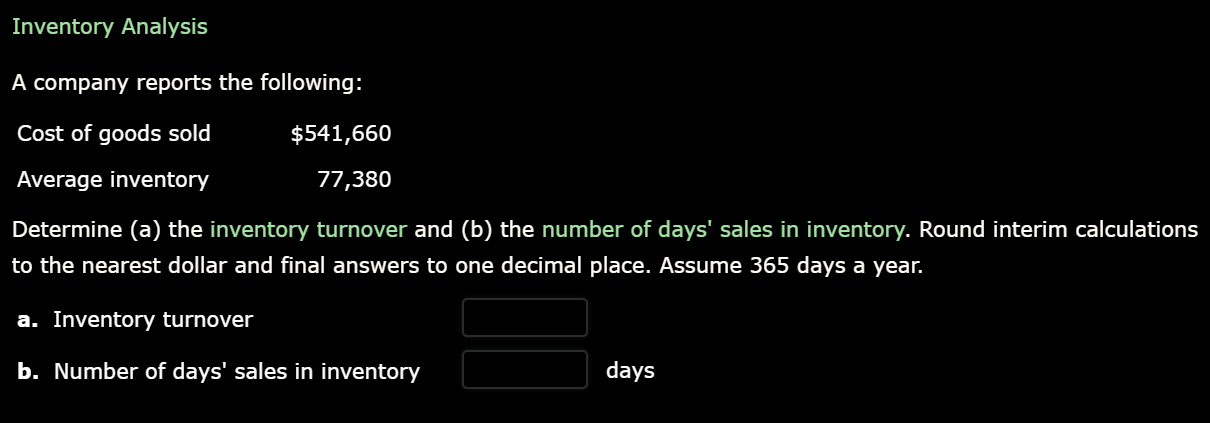



Answered Inventory Analysis A Company Reports Bartleby




Use This Simple Formula To Calculate Inventory Turnover Ratio



I Need Help With Inventory Turnover And Number Of Days Sales In Inventory I Can T Figure Out How To Apply One Company S Number Of Days Sales In Inventory To A Different Company




Inventory Analysis Inventory Management Kpis To Improve Performance



Inventory Turnover Ratio The Inventory Software Blog By Simms
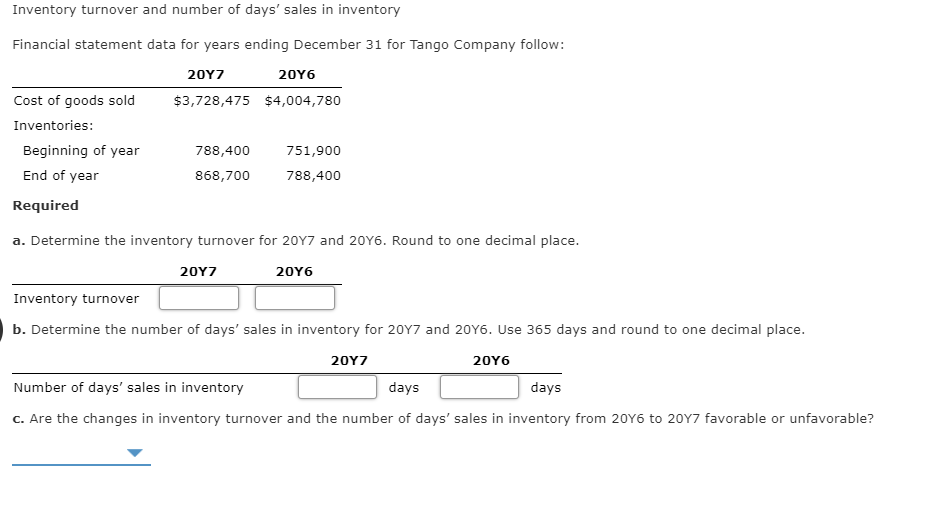



Inventory Turnover And Number Of Days Sales In Chegg Com
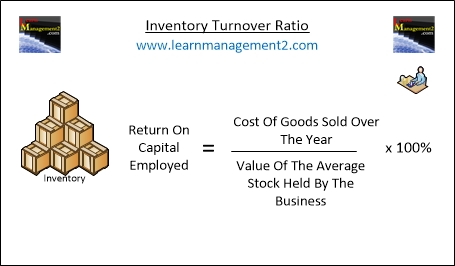



Days Sales Of Inventory Dsi Definition Online Accounting




Days Sales In Inventory Definition Formula Calculated Example Analysis
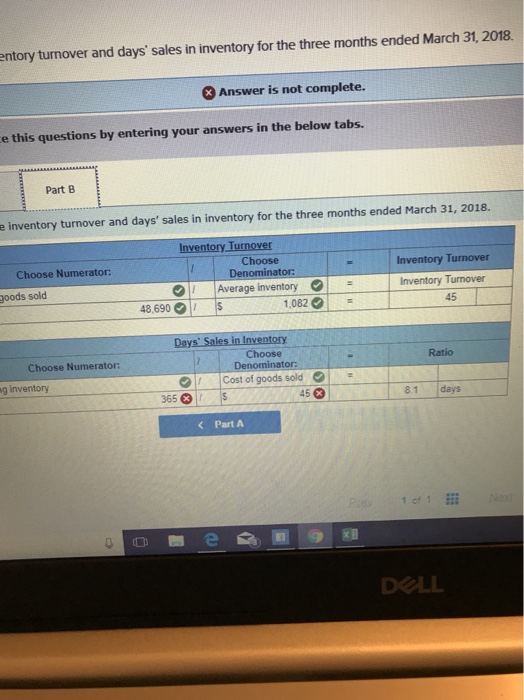



Entory Turnover And Days Sales In Inventory For The Chegg Com




Ineventory Turnover And Days Sales In Inventory Ratios Youtube




3 Ways To Calculate Days In Inventory Wikihow




Days Sales In Inventory Dsi Overview How To Calculate Importance
/GettyImages-580505003-6a9a9efef66c4f508560e80702de8ccb.jpg)



How To Calculate The Inventory Turnover Ratio
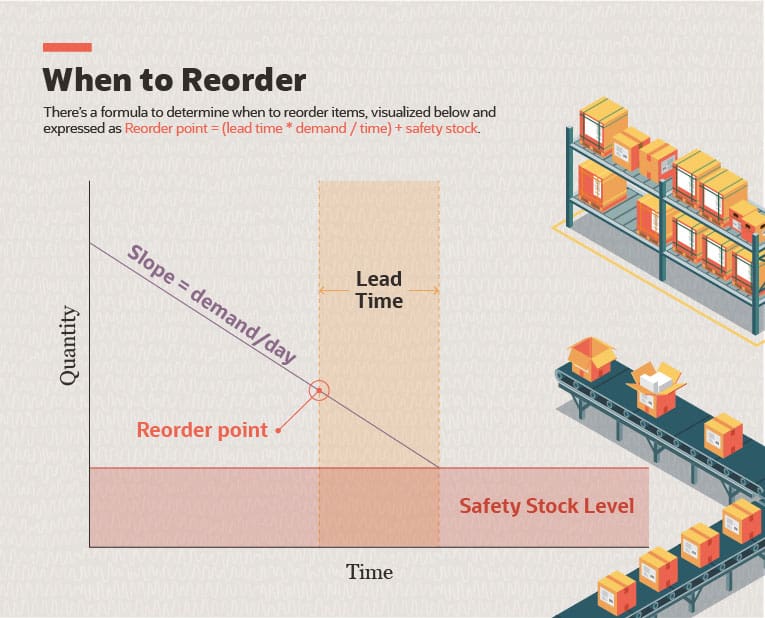



Inventory Turnover Ratio Defined Formula Tips Examples Netsuite



コメント
コメントを投稿